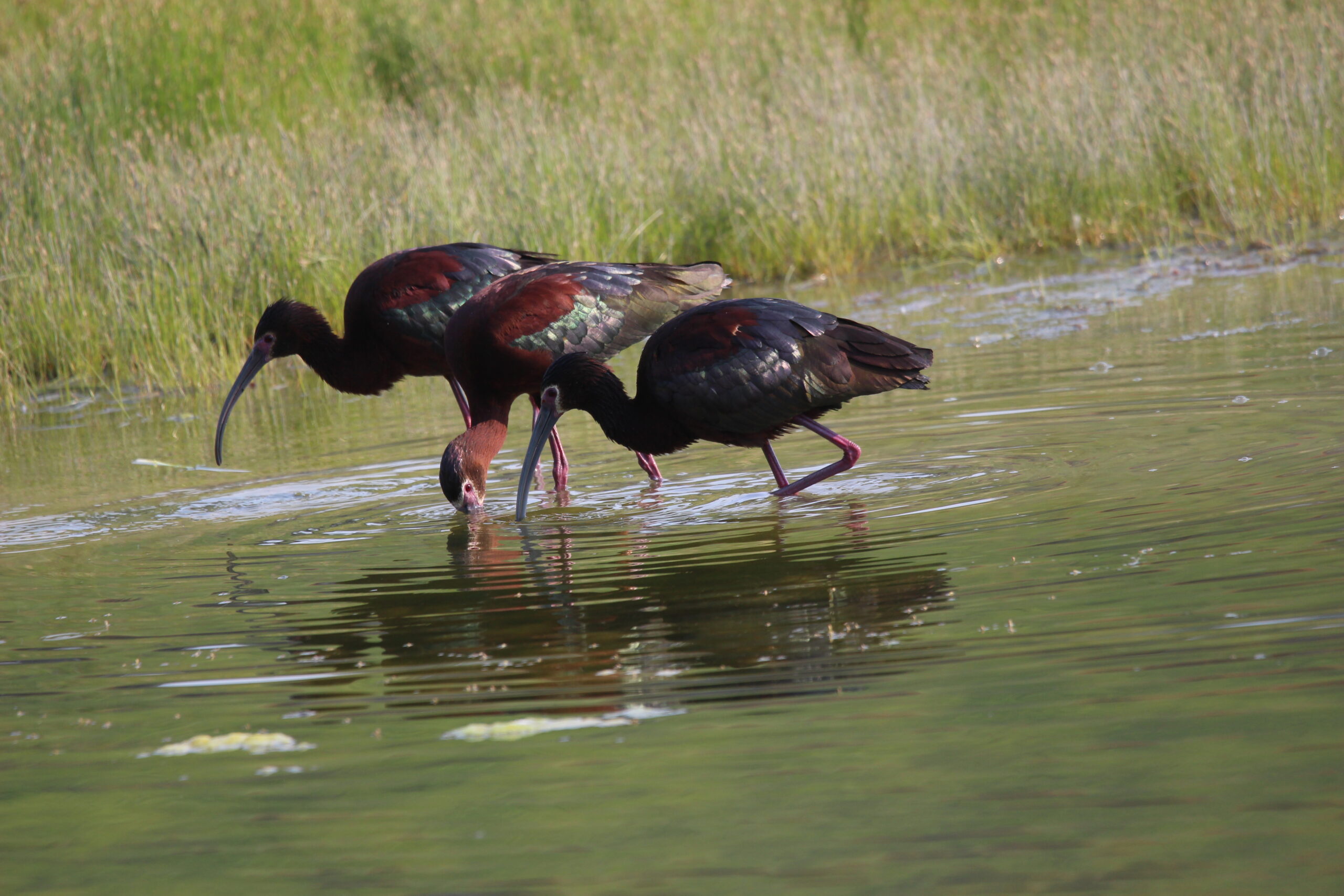There is more to The Netherlands than windmills and little Dutch boys sticking their fingers into dikes.
Yes, gentle reader, I am speaking of Dutch beer, which is particularly appropriate in the dog days of summer that we currently find ourselves in.
For those who were not geography majors in school, The Netherlands shares borders with Belgium and Germany, which as all true beer snobs know, are the two countries widely considered to be the historical wellspring of old world brewing.
With such storied neighbours, you would think that The Netherlands would have have a rich and bountiful cornucopia of different domestic beers available in every pub.
However, the domestic beer industry is made up almost exclusively of a few pale lagers, which have cornered 95% of the market.
Similar to the Canadian market, there are a few giant breweries that control the lion’s share, and then a bunch of small fry that survive on the fringes.
Heineken controls close of 50% of the Dutch domestic market, and is the third largest brewer in the world, coming in after Anheuser-Bush and SABMiller.
Headquartered in the small town of Zoeterwoude in the province of South Holland, the main Heineken brewery has been producing for 140 years, and is still going strong.
Part of their success is a specific brewing yeast strain, somewhat unimaginatively named Heineken A-yeast, which was developed in 1886, and is still in use today.
While Heineken International owns dozens of other beer brands, their flagship Heineken Premium Lager is the most popular, with nearly 3 billion litres produced each year.
Grolsch is the next major player in the Dutch market, controlling 15% of the domestic market, and was founded in the year 1615.
Sadly, the once-independent Grolsch brewery fell prey to the ongoing consolidation in the global booze market, and was acquired by SABMiller in 2008. Luckily, the brand has continued unchanged, much to the delight of the Grolsch fans who love the old fashioned flip-top bottles instead of the regular metal crown caps.
Bavaria is the third major brewer in The Netherlands, and controls 15% of the domestic market, and has been producing since 1719. We don’t see much of these brews in the Canadian market, but they are quite popular in Europe.
Unfortunately for the locals, all three of the above beers are pretty darn similar in style, so it is slim pickings for the beer nerds who enjoy a little variety.
There is one shining star that leads the beer cognoscenti to the blessed golden taps, the Trappist brewery La Trappe.
For those not in the know, Trappist beer is brewed by the ancient Roman Catholic Order of Cistercian monks. There are only 8 Trappist breweries left in the world, and one of them is La Trappe, located in the small Dutch village of Berkel-Enschot.
Like all Trappist breweries, La Trappe is located inside a monastery, staffed by monks, and all proceeds are used for supporting the religious works of the monastery.
Your humble narrator has sampled many of the gems from La Trappe, and there are often variety packs available in Alberta liquor stores.
La Trappe definitely shows a Belgian influence, with highly flavourful brews, usually left to ferment on yeast still in the bottle, giving the beer a cloudy, almost chewy feel.
My particular favourite is the La Trappe Blonde, with aromas of citrus and vanilla complementing a grassy mouth feel. Exceptionally clear for a Trappist beer, the Blonde undergoes plenty of filtration before bottling to provide a clean and refreshing libation in your glass.
The rest of the world has certainly taken notice of Dutch beer, with nearly 50% of the annual production of the Dutch breweries sent to international markets.
To compare that to Canada, we consume almost 90% of our beer domestically, with only 10% going to export markets, mainly our Yankee neighbours south of the 49th parallel.
So, the next time your blind date asks you if you want to go Dutch, they might just be talking about sharing a Heineken with you during a naughty nightcap after dinner.
By all means, take advantage of such an opportunity, but be careful to ensure that it does not include the dreaded Dutch Oven, which can sometimes be a side effect of too many Dutch beers.




